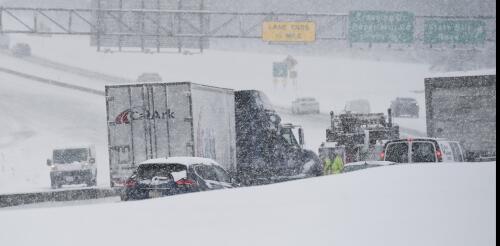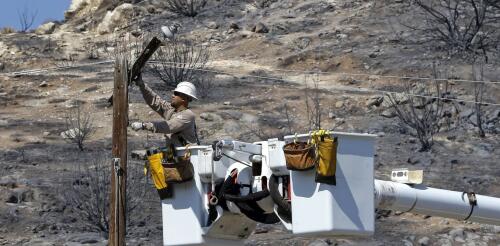Power lines
Winter storms can easily become billion-dollar disasters as the snow piles up on interstates and collapses roofs and power lines. Yet, while canceled flights and business interruptions can’t be avoided, what turns a snowstorm into a disaster often can be. I have worked on engineering strategies to enhance disaster resilience for over three decades and recently wrote a book, “The Blessings of Disaster,” about the gambles humans take with disaster risk. Snowstorms stand out for how preventable much of the damage really is. Stay off the roads The easiest storm costs to avoid involve human behavior, including driving during snowstorms. Successfully plowing the snow off a highway requires repeated passes to prevent snow from accumulating to the point where it piles up faster than it can be removed. However, that simple concept breaks down when an accident blocks the lanes, and traffic – including commerce and emergency vehicles – grinds to a halt. W...
Maui County is suing Hawaiian Electric, claiming the utility was negligent for not shutting off power as strong winds hit the island in the hours before the city of Lahaina burned. While the cause of the devastating Aug. 8, 2023, wildfire is still under investigation, forecasters had warned that powerful winds were expected, and West Maui had exceptionally dry conditions that put it at high risk for wildfires. In many cases, however, deciding to shut off power isn’t as simple is as it might sound. We asked Tim Lieuwen, executive director of the Strategic Energy Institute at Georgia Tech, about the risks and trade-offs utilities have to weigh in deciding how to respond during fire-risk conditions. Why are utilities so often suspected in fires? There are a lot of ways that utility lines, particularly high-voltage lines, can spark fires. If tree branches are too close to the lines, electricity can arc between the line and the tree. Old equipment can set off sparks. If the w...

